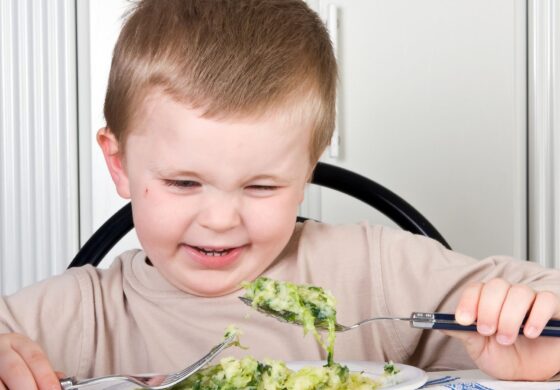“If you eat your broccoli you can have dessert.” We all know that conversation well. We heard it as children, and we more than likely have said something similar to our own kids. It feels second nature (even to us)! But we are going to invite you to think about that type of conversation from a new perspective.
We believe foods are neutral. There are no inherently “good” or “bad” foods. But we have all been conditioned to see vegetables/proteins as the “have to” foods and sweets/snacks as the “get to” foods.
When we put certain foods on a pedestal, we immediately make the other foods “less than.” If ice cream is a food that you have to work for, that you only get when you’re good, only on special occasions– it is placed on a pedestal.
But before we lose you thinking that we’re suggesting your child gets bowls of ice cream whenever they want, let us clarify:
Some foods are not everyday foods. But there is a difference between foods not being eaten daily and foods being earned.
From what we know about child development, children become less internally motivated when they receive external rewards. So if they get a sticker for every time they sing the ABCs, they will eventually become less motivated to sing the ABCs just for fun if no reward is offered.
The same thing goes for food. If they:
- Get ice cream because they ate three more bites of broccoli
- Get to be done with the meal and go play once they eat all their carrots
- Get more potatoes once they eat more of their meat
- Etc.
… the food they “have to” eat will lose it’s internal reward. We take away the magic of the “have to” food and give it to the reward food.
So, here is what we suggest. If it’s a day when you want to give your child a treat, put it on their plate with the rest of the meal. If they want to eat it first–ok! If they eat it last–great!
By doing this, we are not placing the treat on a pedestal. We are not taking the magic away from the other foods by making them earn the treat. We are giving your child the message that food is food and food is neutral. There’s an equal playing field.
When we do this, we let children listen to their bodies. Don’t be surprised if you start seeing them leave some of their treat on the plate!
If you’re concerned that your child might “ruin” their appetite because they’ll eat the treat first, consider the serving size. Maybe we give a very small piece of cake, instead of the whole piece they might have been getting for dessert before. Even if they eat all the cake first, they will still be hungry. If they want more of the treat you can say something like: “I know that cake was yummy, but that’s all we have for today. You have lots of other yummy things on your plate!”
The words we choose and the ways we present food matters. Children are absorbing how we think about foods, and we have the power to help them listen to their bodies and love all foods when we present them neutrally.
We hope this provides clarity and a new perspective to this very common conversation. We encourage you to try this approach on and see if it works for your family!
